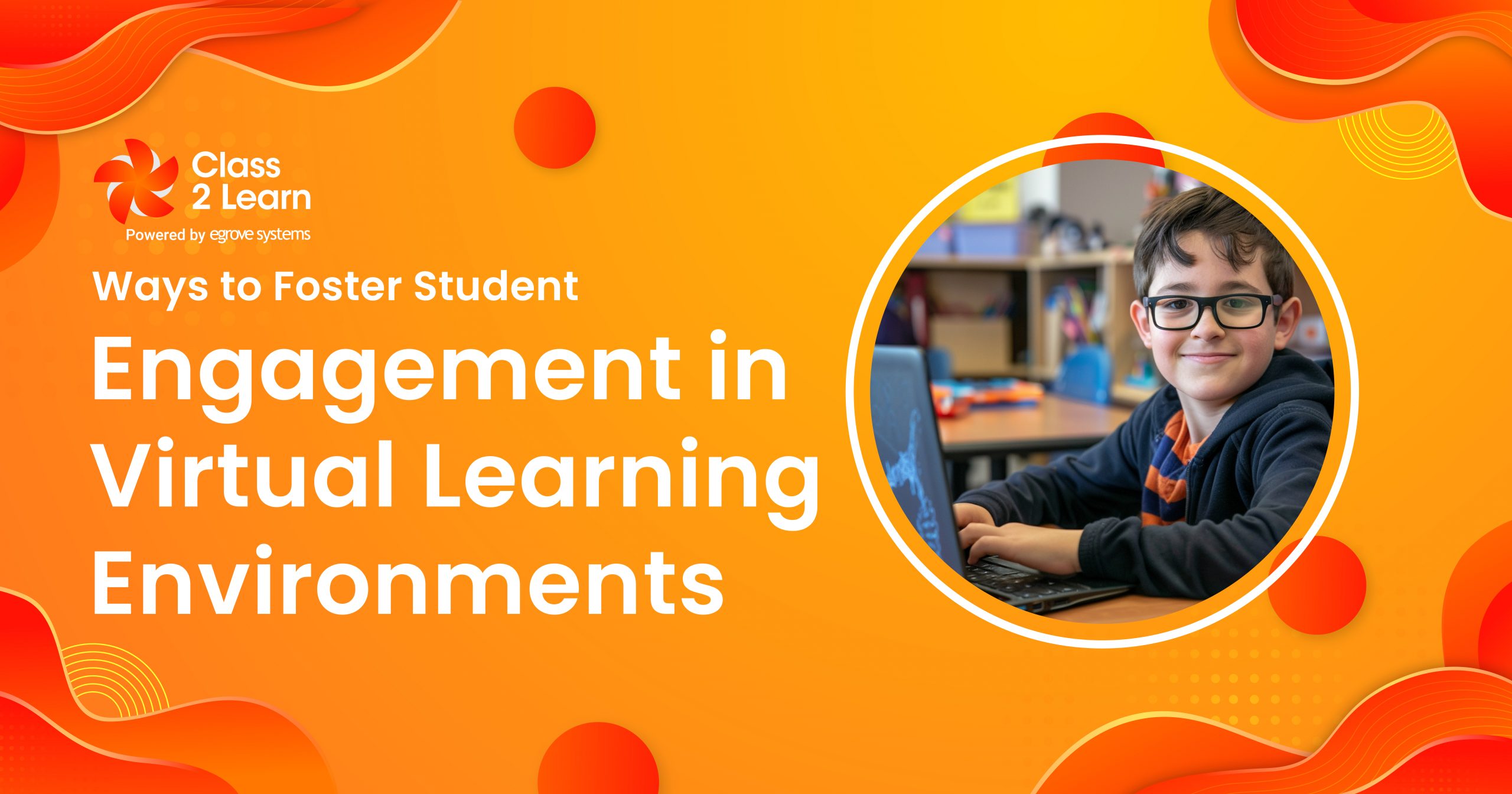Middle school is a vital phase in the lives of tweens and teens. They explore new fields of study, discover where their interests are, develop hobbies, and later a passion for careers.
Studies have shown that this is also the time when students’ interest in science, technology, engineering, and mathematics (STEM) begins to diminish. Introducing middle school students with innovative spirits and passionate curiosity to the power of ideas in conjunction with STEM provides the much-needed impetus to inspire a child to learn STEM beginning at a young age. This has an incredible effect on a child and has the potential to have a long-term impact on the world.
STEM curriculum aims to improve teens’ learning skills, knowledge, and interdisciplinary research applicability.
STEM education is regarded as a more useful learning model in the twenty-first century than it has ever been. It is very crucial for a country’s development and technological advancements. Here’s how to get teens and tweens interested in STEM education.
- Assist Tweens and Teens in Finding a Mentor:
Mentors are important during middle school because they provide guidance, identify strengths, help children overcome challenges, and even build confidence. Teachers, coaches, Ph.D. students, and even STEM-related professionals can provide the necessary mentorship. Local educational institutions and research centers can be an excellent resource for qualified mentors of young scientists.
- Promoting project-based learning through the Maker movement:
The Maker movement is a DIY trend that encourages “makers” to reinvent objects rather than throw them away, giving teens and tweens a direct learning experience and authenticity. We encourage you to become an active creator by solving problems. Activity ideas can be found online on science education sites, local Maker Faires, and even social networking sites like Pinterest. By applying STEM principles to solve real-life problems and applying science to everyday life, students can explore their curiosity.
- Investigate STEM clubs and summer camps:
Clubs and activities can help children make friends who share their interests. Investigate activities such as LEGO robotics clubs or coding classes that apply classroom concepts in novel ways. STEM activities, whether after school or during the summer, help develop problem-solving skills while exploring concepts such as logic, math, science, engineering, and physics in a hands-on, collaborative environment.
- Take part in science competitions:
Competitions provide the ideal environment for students to make an impact in science today. Teens and tweens participating in these events can broaden their knowledge, meet other students with a passion for STEM, and problem-solve like real scientists by working on inventions and solutions to current problems. Students will put science into action and see their peers do the same at a local school science fair, a state-level competition, or a national challenge.
- Show them how other talented young scientists are making a change in their life:
Seeing what their peers are doing can help inspire students and showcase the options that are accessible to them at this age. Past science contest winners, such as Peyton Robertson and Deepika Kurup, who were both titled “America’s Top Young Scientist” in the Discovery Education 3M Young Scientist Challenge, are shining examples of young students making an impact. Robertson, who built an innovative sandbag design to help safeguard flood zones from potential storm salt-water losses, displayed it at the White House Science Fair; Kurup developed a water purification system that helped her to be selected as one of the Forbes 30 under 30 in the Energy sector!
- Present Students With Non-Traditional STEM subjects:
While many people associate STEM with traditional mathematicians and scientists working in a lab, education in STEM can lead to a variety of paths. Mechanical engineers who make holograms a reality, coding geniuses who improve social networking sites, and sports statisticians who calculate and predict the odds of teams winning the big game each have a STEM background.
- Encourage collaboration between students:
Two heads are better than one, especially if scientists want someone to proportion their problem-solving abilities. A collaborative culture both outside and inside the classroom is essential for young innovators to discover unique perspectives, make incredible connections, and push the technological frontier with limitless opportunities for advancement.
- Encourage curiosity:
STEM activities in an informal afterschool setting supplement what students learn in school by providing youth with hands-on STEM experiences facilitated by engaged staff. Youth can experience what it’s like to be an engineer or scientist by conducting their own experiments or building their own projects. Every Club strives to create an environment that encourages youth STEM interests.
Conclusion:
The STEM educational model helps students build a new life in technology and helps to nurture, encourage and inspire the young spirit to take on the challenge of advanced scientific and technological discovery. Therefore, it is important to reform the education system and develop credible policies to promote basic education from elementary school to enable students to have promising careers.





Add comment